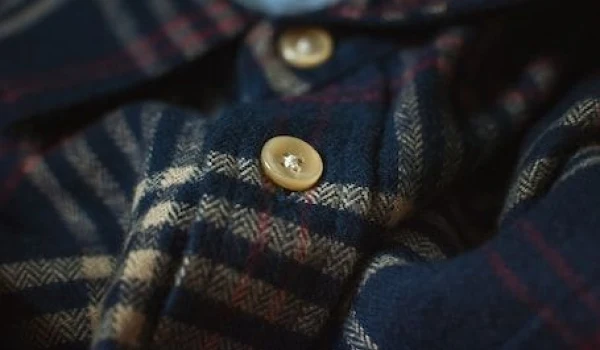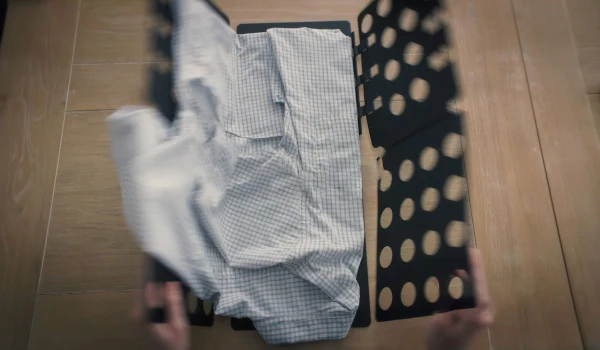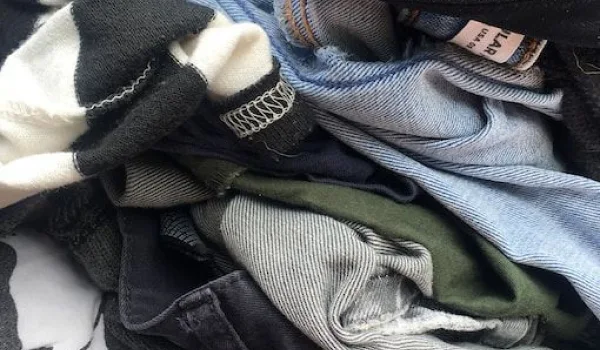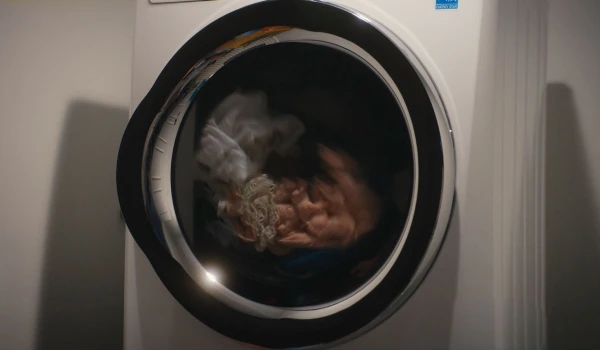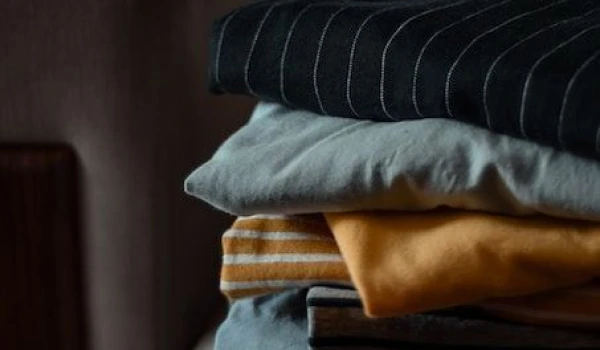Introduction
Dust mites are a common yet often invisible problem in many homes, lurking in various corners and fabrics. These tiny creatures can significantly impact health and hygiene, especially for those with allergies or asthma.
Dust mites thrive in the warm, humid environments found in most homes, and they feed on dead skin cells shed by humans and pets. In this article, we'll delve into effective solutions to tackle the issue of dust mites, aiming for a cleaner and healthier living environment – understanding and eliminating dust mites can significantly reduce allergy symptoms and improve overall well-being.

What Are Dust Mites?
Though tiny and often unseen, dust mites play a big role in home allergens, often triggering various allergic reactions. Here are some key characteristics of dust mites:
Microscopic Size: Dust mites are extremely small, usually around 0.2–0.3 millimeters in length, making them invisible to the naked eye.
Translucent Body: They have translucent bodies, further contributing to their invisibility in our homes.
Need for Humidity: Dust mites require a certain humidity level to survive, with an ideal humidity level above 50%.
Preference for Warmth: They thrive in warm environments, making upholstered furniture, carpets, and bedding ideal habitats.
Rapid Reproduction: Dust mites reproduce quickly, which can lead to significant populations in a short period.
Allergen Production: The waste produced by dust mites contains proteins that can trigger dust mite allergies, leading to sneezing, runny nose, watery eyes, and other allergy symptoms.
Preferential Habitats: They are commonly found in mattresses, pillows, carpets, and anywhere there is an accumulation of dead skin cells.
Connection to Asthma: Dust mites commonly cause allergic rhinitis (hay fever) and can exacerbate asthma symptoms.
Indirect Symptoms: While they do not bite, the allergens they produce can cause itchy skin, nasal passage irritation, and even skin rashes in sensitive individuals.
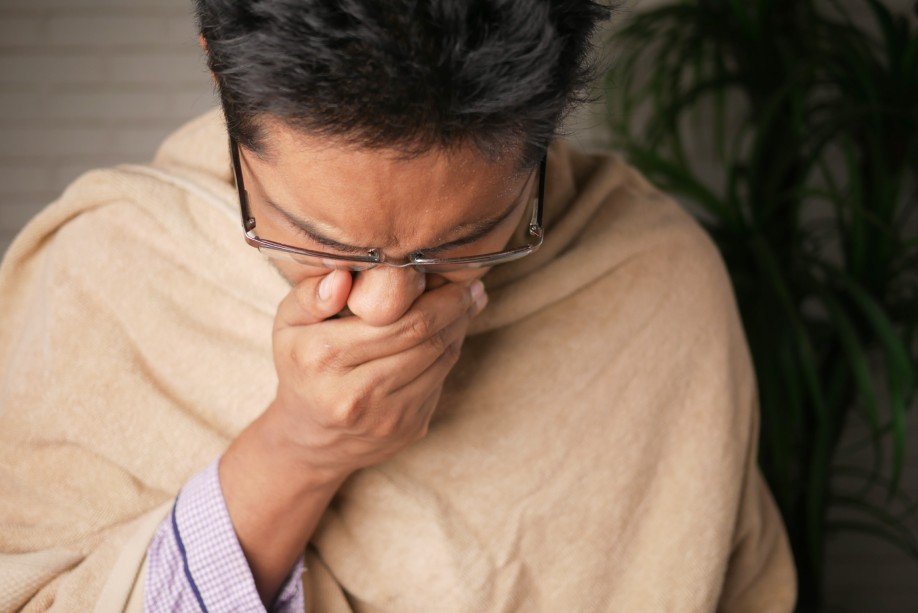
Where Can You Find Dust Mites?
We've established what dust mites are and why we don't want these microscopic creatures. Recognizing where these allergens are most likely found is the first step in creating a healthier, mite-free home. Here are some of the most common hiding places for house dust mites:
Mattresses: A prime hotspot for dust mites due to the warmth, humidity, and supply of dead skin cells. We shed skin cells every night, providing a feast for these microscopic pests.
Pillows: Like mattresses, pillows offer the perfect environment for dust mites, contributing to dust mite allergies and reactions.
Couches and Sofas: Frequently used couches and sofas accumulate skin cells and provide a comfortable habitat for dust mites, especially those with fabric upholstery.
Armchairs: Similar to couches and sofas, armchairs can also harbor these allergens, especially in the crevices and fabric folds.
Carpets and Carpeting: The fibers in carpets are ideal for trapping skin cells and dust, as well as providing a breeding ground for dust mites. This can lead to sneezing, itchy eyes, and wheezing.
Curtains: Often overlooked, curtains can collect dust and skin cells, making them a common place for dust mites.

10 Ways To Get Rid Of Dust Mites
Now that we know where to find dust mites, the next step is going over some tips on how to get rid of them. Here are ten effective ways to reduce and eliminate dust mites, ensuring a healthier living environment.
1. Regular Washing of Bedding in Hot Water
Regularly wash your bedding in hot water to kill dust mites. The water temperature should be at least 130°F (54°C) to eliminate these pests effectively. This includes sheets, pillowcases, and blankets, which are ideal breeding grounds for house dust mites.
2. Using Allergen-Proof Covers
Use allergen-proof covers on mattresses, pillows, and box springs. These covers are designed to prevent dust mites from colonizing or escaping from these items, significantly reducing your exposure to dust allergy triggers.
3. Vacuuming with HEPA Filters
Regular vacuuming with a HEPA filter can capture much finer particles than a standard vacuum filter, effectively reducing the number of dust mites in your home. Pay special attention to areas with carpeting, as these are hotspots for dust mites.
4. Reducing Humidity Levels
Dust mites thrive in high-humidity environments. Keeping indoor humidity levels below 50% can help reduce their population. Use a dehumidifier to maintain these levels, especially in damp areas of the house.
5. Choosing Bedding That’s Easy to Clean
Opt for bedding materials that can withstand frequent washing. Fabrics like cotton or synthetic fibers are generally easier to clean and maintain than more delicate materials.
6. Adding Protective Coverings to Mattresses
In addition to allergen-proof covers, use protective coverings on mattresses. These coverings can be easily removed and washed, providing an additional barrier against dust mites.
7. Clean Dust Regularly
Regular dusting can help reduce the amount of dust and skin flakes in your home, cutting off the food supply for dust mites. Use damp cloths to avoid spreading dust into the air.
8. Remove Heavy Window Coverings
Heavy drapes and curtains can harbor dust mites. Consider replacing them with blinds or washable curtains to minimize dust accumulation.
9. Air Purifiers
Using air purifiers with HEPA filters can also help in reducing airborne dust mite allergens. Place them in bedrooms and living areas to clean the air effectively.
10. Freezing Non-Washable Items
For items that can't be washed, such as plush toys, placing them in the freezer for 24 hours can kill dust mites. However, this method won't remove the allergens they produce.
Incorporating these strategies into your regular home maintenance routine can significantly reduce the presence of dust mites and improve the symptoms of dust allergies, such as sneezing, nasal passage irritation, and itchy eyes. If symptoms persist, it might be beneficial to seek advice from healthcare providers like the Mayo Clinic or take antihistamines and decongestants as directed.
Consulting an allergist for immunotherapy or allergy shots can be beneficial for those with severe allergies. The American Academy of Allergy, Asthma, & Immunology (AAAAI) and the Asthma and Allergy Foundation of America (AAFA) offer additional resources and guidance for managing dust mite allergen exposure.
Remember, a cleaner home environment is a healthier one, and tackling dust mites is an essential step towards this goal.

Avoid Dust Mites With Rinse
Combating dust mites is crucial for a healthy home, and Rinse is here to help us achieve this. Our specialized laundry services ensure that fabrics prone to mite infestations, like bedding, are regularly cleaned, significantly reducing the presence of these allergens.
By removing the need for constant vacuuming and providing professional cleaning, Rinse helps alleviate symptoms linked to dust mites, and will reduce the need to have decongestants handy.
Not only that, but we offer pickup and delivery services to your front door, 7 days a week! Let Rinse be your partner in fostering a mite-free home.
Contact us at Rinse today to see our skill in action.





